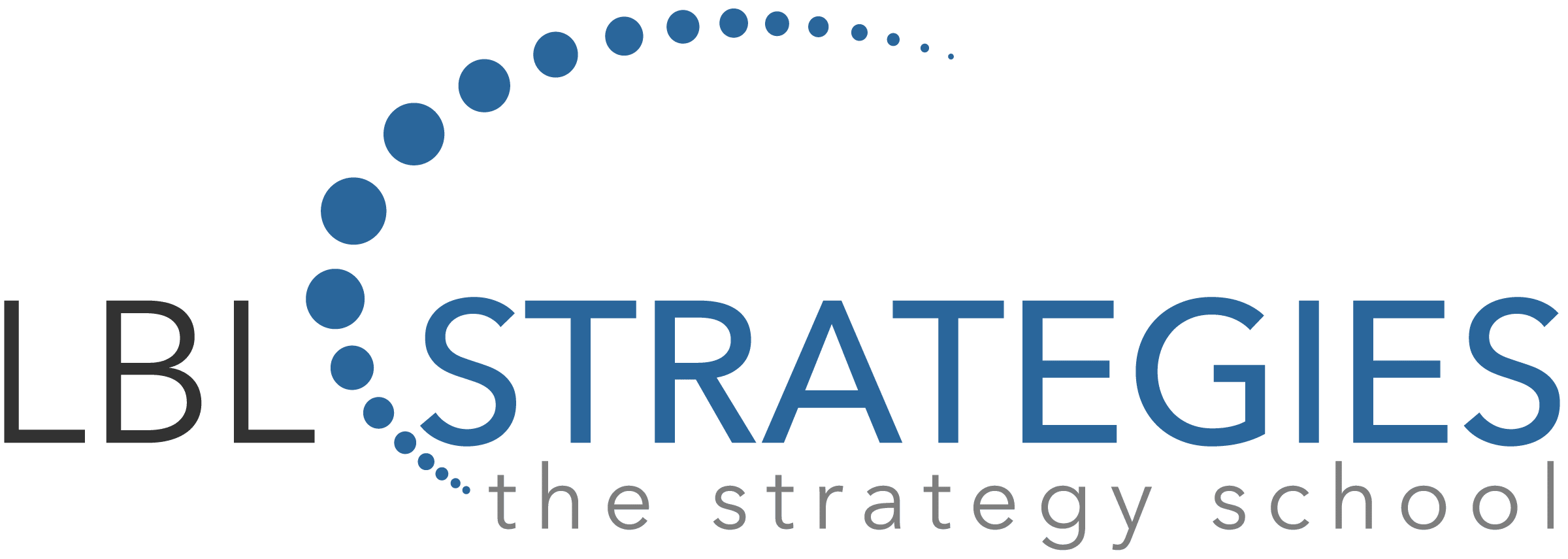In 2016, a number of personnel working with the Department of State at the United States Embassy in Havana, Cuba presented with debilitating physical and cognitive signs and symptoms that necessitated their medical evacuation to the United States. These individuals were subsequently diagnosed as having anomalous health incidents (AHI) that have come to be called the Havana Syndrome[1]. As well, since 2017, over 100 additional US personnel at several global locations have presented with similar AHIs, which are recognized to be distinct from other conditions such as prior injury and or diseases, comorbid physical and psychiatric disorders, or sociogenic factors.
Recently, the Office of the Director of National Intelligence released a report essentially refuting the causal basis of these AHIs , which I have asserted to be inconsistent with the accumulated evidence and analyses to date. Further, the continuity of veritable cases provides evidence of clear, present and ongoing threat to United States’ and allied personnel. Equally clear is that the United States and its allies, while certainly being aware of existing and emerging science and technology (S/T) capable of incurring such effects, did little to detect and/or deter risks – and recognized harms - posed. In the main, the failures of the recent intelligence community report, and any steps toward threat reduction, disavow recognition and acknowledgement of extant scientific and technological readiness of devices and methods that are capable of producing these types of highly disruptive effects (to personnel, and the mission effectiveness of the institutions and organizations for which they are working). Moreover, this demonstrates inadequacy of surveillance and recognition of peer competitors’ programs of research, development, testing and use of radical leveling and emergent S/T.
To be sure the discourse about such AHIs, and the S/T capable of producing these and related effects will -and I believe should - continue. But discussions – and debates - must be realistic. Thus, it will be necessary to engage deeper surveillance, and foster cognizance of newly emerging techniques and technologies that can be leveraged for disruptive, if not destructive ends in non-kinetic and/or kinetic operations[2]. And herein lie lessons to be learned.
First is that vital to any genuine efforts of surveillance, readiness, and response is the need for dedicated programs of threat modeling scenarios and risk assessment, both to (a) identify competitors' capabilities, and (b) assess and address gaps in United States’ and allies’ systems of detection and deterrence of dually-usable tools and methods of S/T.
Second is that any and all of such efforts must evaluate S/T in and across three vistas of development; these are: (1) the current sight-picture of probability, ranging from the prior 5 years, to 5 years in the near-future, so as to assess those domains and iterations of S/T that are at, and/or rapidly transitioning to a high level of operational readiness; (2) the vista of possibility, extending 6 to 15 years in the future, which carries forward momentum and inertia of those S/T developments brought to fruition during the period of probability, and in so doing establishes and may realize additional contexts of application and use; and (3) the horizon of potentiality, a period extending from 16 to 30+ years in the future that could evoke new S/T and novel uses for extant tools and methods in ways that are realizable via mass-effect interactions in the socio-cultural, political, and environmental spheres, on specific levels and in particular settings. Herein lies the value and necessity of strategic foresight.
Third is that such proximate-to-long-range modeling may certainly be difficult, due to the forces and effects of diffuse multidimensional variables, but is not impossible. And, given the pace and scope of current S/T development, is arguably necessary, if not obligatory, for any genuine forecasting and foresight enterprise of national security. For failure to do so will yield opportunities of both time and capability to competitors’ efforts, which could likely shift the already delicate balance of power on the evolving global stage.
[1] Giordano J, DiEuliis D. Anomalous health incidents of the Havana Syndrome: Implications and lessons for global biosecurity. Acad Lett 29 (5) (2022).
[2] DiEuliis D, Giordano J. Regarding and reducing risks of the biotechnology revolution. NCT J, (Jun) 6:2-6 (2022).
Author Bio:

Prof. Giordano is the author of over 350 peer-reviewed publications, 9 books and 45 governmental reports on science, technology, and biosecurity, and is an elected member of the European Academy of Science and Arts, a Fellow of the Royal Society of Medicine (UK), and a Fulbright Professorial Fellow. A former US Naval officer, he held designations as an aerospace physiologist, and research psychologist, and served with the US Navy and Marine Corps.
